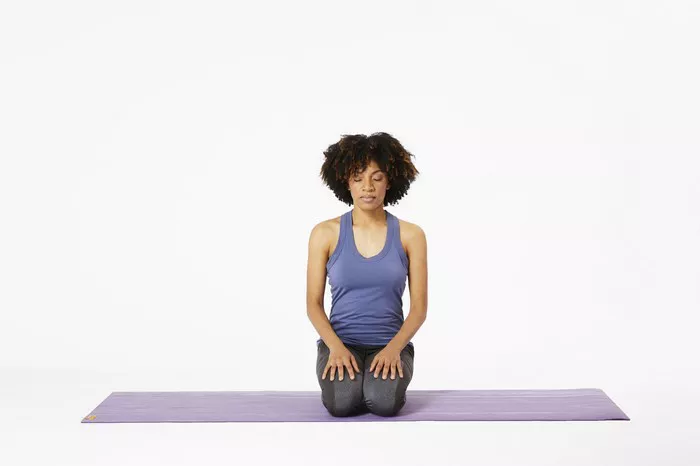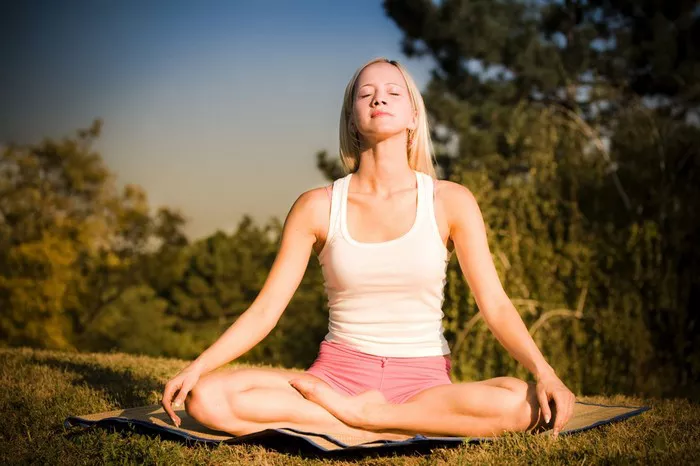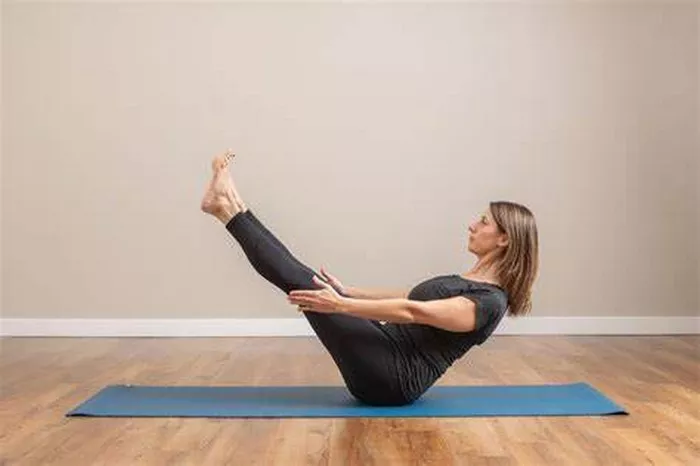Lower back pain is a common issue that affects millions of people worldwide. Whether it stems from poor posture, muscle strain, or sedentary lifestyles, the discomfort can significantly impact daily activities and overall quality of life. Fortunately, yoga offers a holistic approach to alleviating lower back pain by strengthening muscles, improving flexibility, and promoting relaxation. This comprehensive guide will explore the best yoga practices specifically designed to relieve lower back pain, alongside tips and techniques for maintaining a healthy spine.
1. Understanding Lower Back Pain
1.1 Anatomy of the Lower Back
The lower back, or lumbar region, consists of five vertebrae (L1-L5) supported by muscles, ligaments, and discs. Understanding the anatomy helps to appreciate how various factors contribute to lower back pain.
1.2 Common Causes of Lower Back Pain
Some common causes include:
Muscle Strain: Overstretching or lifting heavy objects can lead to muscle strains.
Herniated Discs: Discs can bulge or rupture, pressing on nearby nerves.
Poor Posture: Sitting or standing incorrectly can strain the lower back.
Sedentary Lifestyle: Lack of movement weakens muscles and contributes to stiffness.
Arthritis: Inflammation of the joints can cause discomfort in the lower back.
1.3 The Impact of Stress on Lower Back Pain
Emotional stress can lead to muscle tension and exacerbate lower back pain. Understanding this connection is crucial for addressing pain holistically.
2. The Benefits of Yoga for Lower Back Pain
2.1 Strengthening the Core
A strong core supports the spine, reducing strain on the lower back. Yoga emphasizes core strength through various poses.
2.2 Improving Flexibility
Tight muscles can contribute to lower back pain. Yoga enhances flexibility, allowing for a greater range of motion and reduced tension.
2.3 Promoting Better Posture
Yoga encourages awareness of body alignment, promoting better posture that can alleviate strain on the lower back.
2.4 Enhancing Relaxation
The meditative aspects of yoga help reduce stress and promote relaxation, which can relieve muscle tension.
3. Best Yoga Poses for Lower Back Pain
3.1 Child’s Pose (Balasana)
Benefits: Gently stretches the lower back and hips, providing relief from tension.
How to Practice:
Kneel on the floor and sit back on your heels.
Bend forward, resting your forehead on the mat.
Extend your arms forward or place them alongside your body.
Breathe deeply, holding the pose for 30 seconds to a minute.
3.2 Cat-Cow Stretch (Marjaryasana-Bitilasana)
Benefits: Mobilizes the spine and relieves tension in the back.
How to Practice:
Begin on all fours, aligning your wrists under your shoulders and knees under your hips.
Inhale, arch your back, and look up (Cow Pose).
Exhale, round your spine, and tuck your chin (Cat Pose).
Repeat for several rounds, synchronizing breath with movement.
3.3 Downward-Facing Dog (Adho Mukha Svanasana)
Benefits: Strengthens the back and stretches the spine, hamstrings, and calves.
How to Practice:
Start on all fours and tuck your toes.
Lift your hips, straightening your legs and arms.
Press your heels toward the floor and relax your neck.
Hold the pose for 30 seconds to a minute, breathing deeply.
See also: Unlocking Digestive Health: Best Yoga Practices for Digestion
3.4 Pigeon Pose (Eka Pada Rajakapotasana)
Benefits: Opens the hips and stretches the glutes, relieving lower back tension.
How to Practice:
From Downward Dog, bring your right knee forward, placing it behind your right wrist.
Extend your left leg back, keeping your hips square.
Lower your torso to the floor, resting on your forearms or forehead.
Hold for 30 seconds to a minute, then switch sides.
3.5 Supine Spinal Twist (Supta Matsyendrasana)
Benefits: Gently stretches the spine and releases tension in the lower back.
How to Practice:
Lie on your back and draw your knees to your chest.
Extend your arms to the sides, forming a T-shape.
Lower your knees to the right while keeping your shoulders on the ground.
Hold for 30 seconds to a minute, then switch sides.
3.6 Bridge Pose (Setu Bandhasana)
Benefits: Strengthens the back and glutes, improving stability.
How to Practice:
Lie on your back with your knees bent and feet hip-width apart.
Press your feet into the ground and lift your hips.
Hold for 30 seconds to a minute, squeezing your glutes.
Lower your hips back to the ground.
3.7 Legs-Up-the-Wall Pose (Viparita Karani)
Benefits: Relieves tension in the lower back and promotes relaxation.
How to Practice:
Sit next to a wall and lie on your back.
Swing your legs up against the wall, keeping them straight.
Relax your arms by your sides and breathe deeply.
Hold for 5 to 10 minutes.
4. Incorporating Breathwork and Meditation
4.1 The Importance of Breath
Breath awareness enhances yoga practice, promoting relaxation and focus.
4.2 Pranayama Techniques for Lower Back Pain
Techniques:
Diaphragmatic Breathing: Promotes relaxation and reduces tension.
Nadi Shodhana (Alternate Nostril Breathing): Balances the nervous system.
4.3 Mindfulness and Meditation
Incorporate mindfulness practices to manage stress and enhance overall well-being. Focus on body awareness and gentle movement.
5. Creating a Daily Yoga Routine for Lower Back Pain
5.1 Establishing a Regular Practice
Aim to practice yoga for at least 15-30 minutes daily. Consistency is key to experiencing the benefits.
5.2 Sample Daily Routine
Warm-Up: Begin with gentle stretches and breathwork (5 minutes).
Pose Sequence: Incorporate poses that target the lower back (20 minutes).
Cool Down: End with relaxation poses and meditation (5 minutes).
6. Lifestyle Tips for Lower Back Health
6.1 Ergonomics and Posture
Maintain proper posture while sitting, standing, and lifting to prevent strain on the lower back.
6.2 Staying Active
Engage in regular physical activity, such as walking or swimming, to strengthen muscles and improve flexibility.
6.3 Proper Nutrition
Eat a balanced diet rich in anti-inflammatory foods to support overall health.
6.4 Stress Management
Incorporate stress-reduction techniques such as yoga, meditation, or deep breathing into your daily routine.
7. Conclusion
Yoga is a powerful tool for relieving lower back pain and promoting overall spine health. By incorporating specific poses, breathwork, and mindfulness practices into your routine, you can alleviate discomfort, enhance flexibility, and strengthen your core. Remember, consistency is key; make yoga a regular part of your life to experience lasting benefits.
Final Thoughts
Always listen to your body and consult with a healthcare professional before starting any new exercise program, especially if you have chronic pain or underlying health conditions. With patience and dedication, yoga can lead to a healthier, more resilient lower back and improved quality of life.
This comprehensive outline provides an in-depth exploration of the best yoga practices for lower back pain. If you would like to expand on specific sections or need additional details, feel free to ask!
Related topics:
Best Lower Back Yoga Stretches: Enhance Flexibility




















